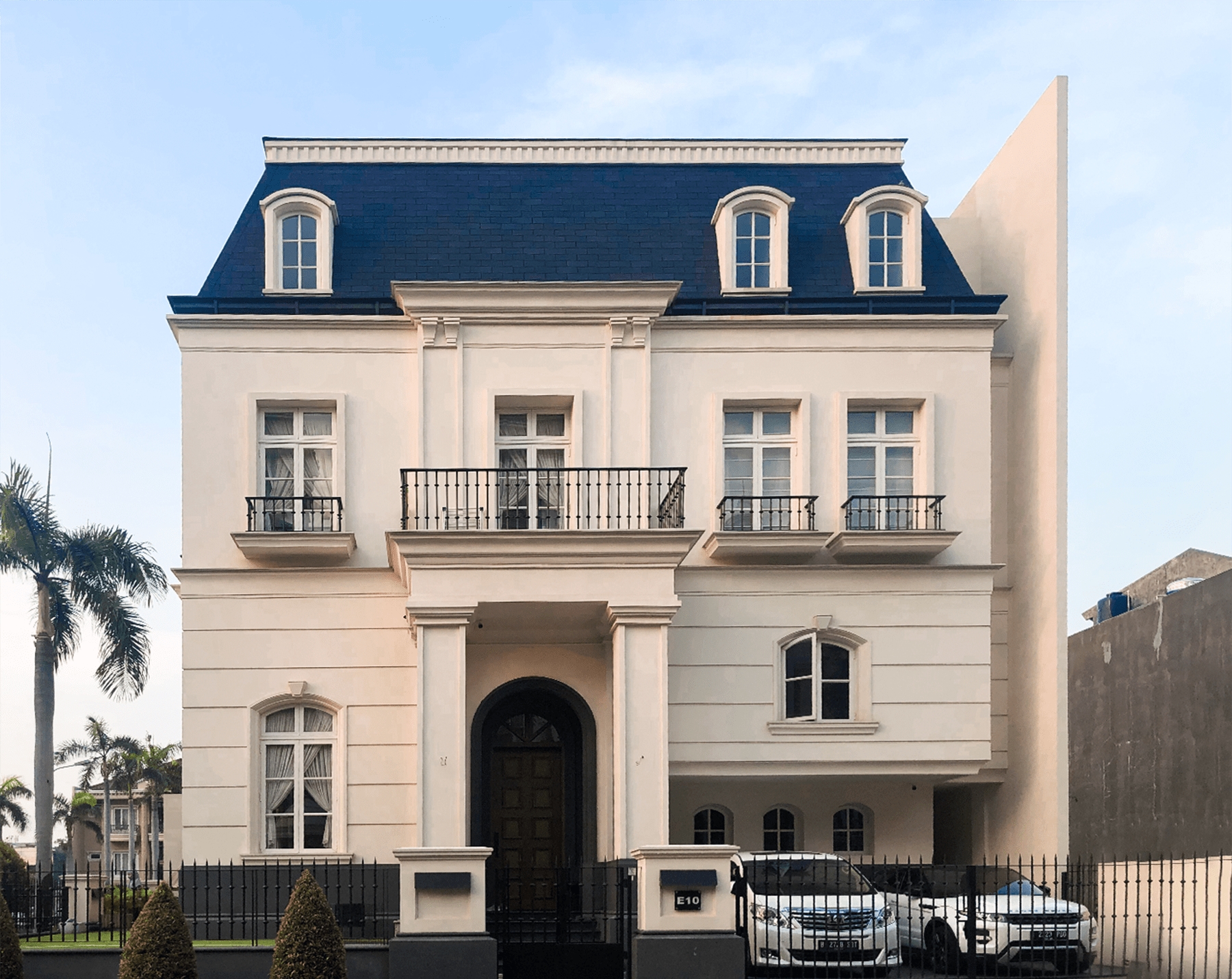Exploring Jakarta’s Architectural Evolution
Jakarta, Indonesia’s bustling capital, is a city where history and modernity coexist in a fascinating architectural landscape. From its colonial past to its contemporary skyline, Jakarta’s architecture tells the story of its cultural and historical evolution. This guide will take you through the key architectural styles that define Jakarta, offering insights into the city’s unique blend of old and new.
Colonial Architecture: Echoes of the Past
Jakarta’s colonial architecture is a testament to its history under Dutch rule, which lasted for over three centuries. The Old Town, known as Kota Tua, is the heart of this architectural heritage. Here, you can find well-preserved buildings that date back to the 17th and 18th centuries. The Jakarta History Museum, housed in the former city hall, is a prime example of Dutch colonial architecture with its grand facade and spacious interiors.
Another notable structure is the Wayang Museum, which showcases traditional Javanese puppetry. The building itself is a fine example of colonial design, featuring high ceilings and large windows. Walking through Kota Tua, you’ll notice the distinct European influence in the symmetrical layouts and decorative elements, offering a glimpse into Jakarta’s colonial past.
Post-Independence Architecture: A New Identity
Following Indonesia’s independence in 1945, Jakarta began to develop its own architectural identity. The post-independence era saw the rise of modernist architecture, characterized by functional designs and minimal ornamentation. This period was marked by the construction of iconic structures like the National Monument (Monas), a symbol of Indonesia’s struggle for freedom. Designed by architect Friedrich Silaban, Monas stands tall in Merdeka Square, representing the nation’s aspirations.
Another significant development was the construction of the Gelora Bung Karno Stadium, built for the 1962 Asian Games. This stadium is a marvel of modernist design, with its massive scale and innovative use of materials. The post-independence era was a time of experimentation and growth, as Jakarta sought to establish itself as a modern metropolis.
Contemporary Architecture: A Blend of Innovation and Tradition
In recent decades, Jakarta has embraced contemporary architecture, blending innovation with traditional elements. The city’s skyline is now dotted with skyscrapers that reflect global architectural trends while incorporating local cultural motifs. The Wisma 46, for instance, is one of Jakarta’s tallest buildings, featuring a sleek, modern design that symbolizes the city’s economic growth.
Another example of contemporary architecture is the Istiqlal Mosque, the largest mosque in Southeast Asia. Designed by Frederich Silaban, the mosque combines modernist principles with Islamic architectural elements, creating a space that is both functional and spiritually uplifting. The use of geometric patterns and open spaces reflects a harmonious blend of tradition and modernity.
Jakarta’s contemporary architecture also includes sustainable designs, as seen in the Green Office Park in BSD City. This eco-friendly development incorporates green building practices, such as energy-efficient systems and sustainable materials, setting a benchmark for future projects in the city.
